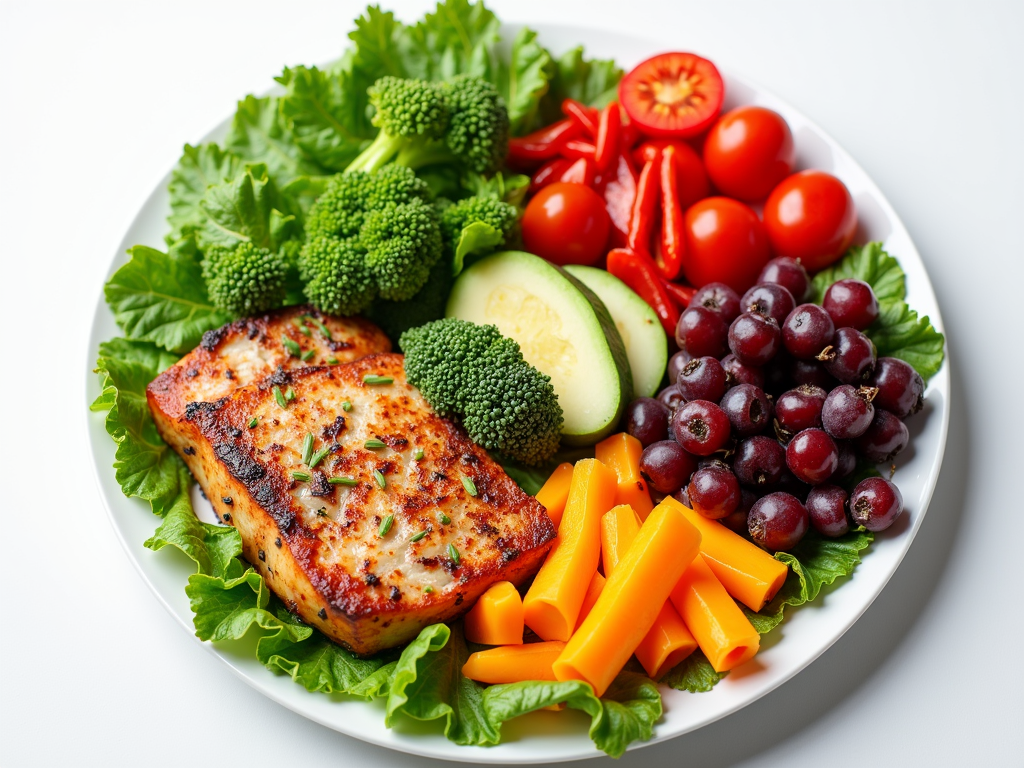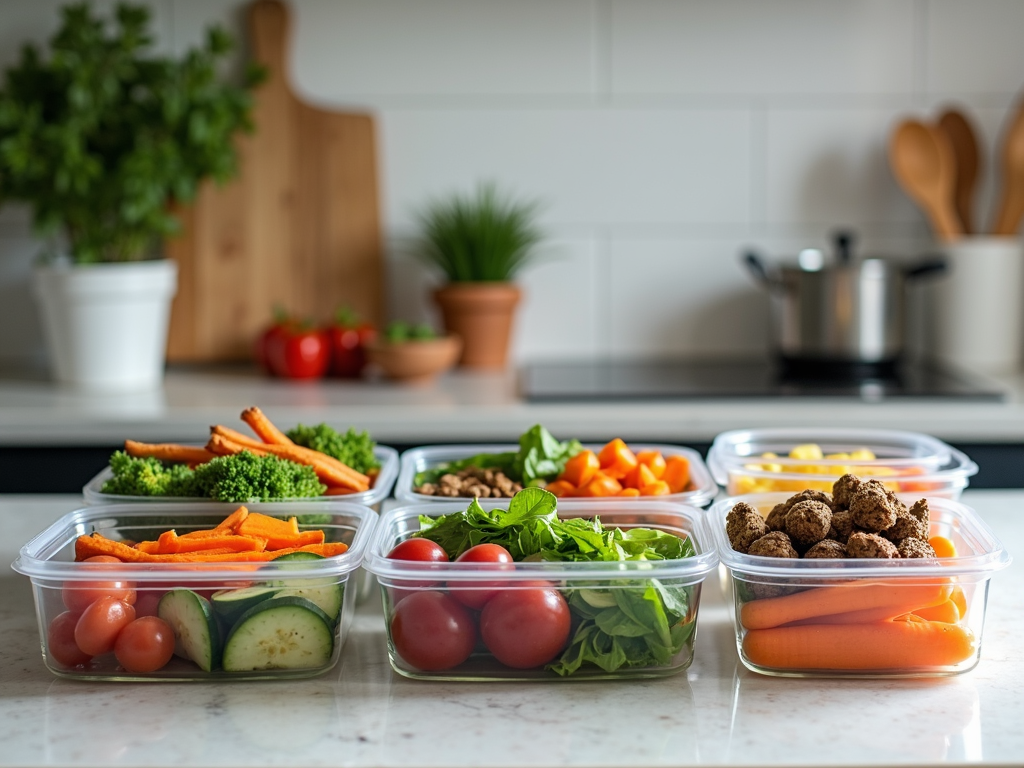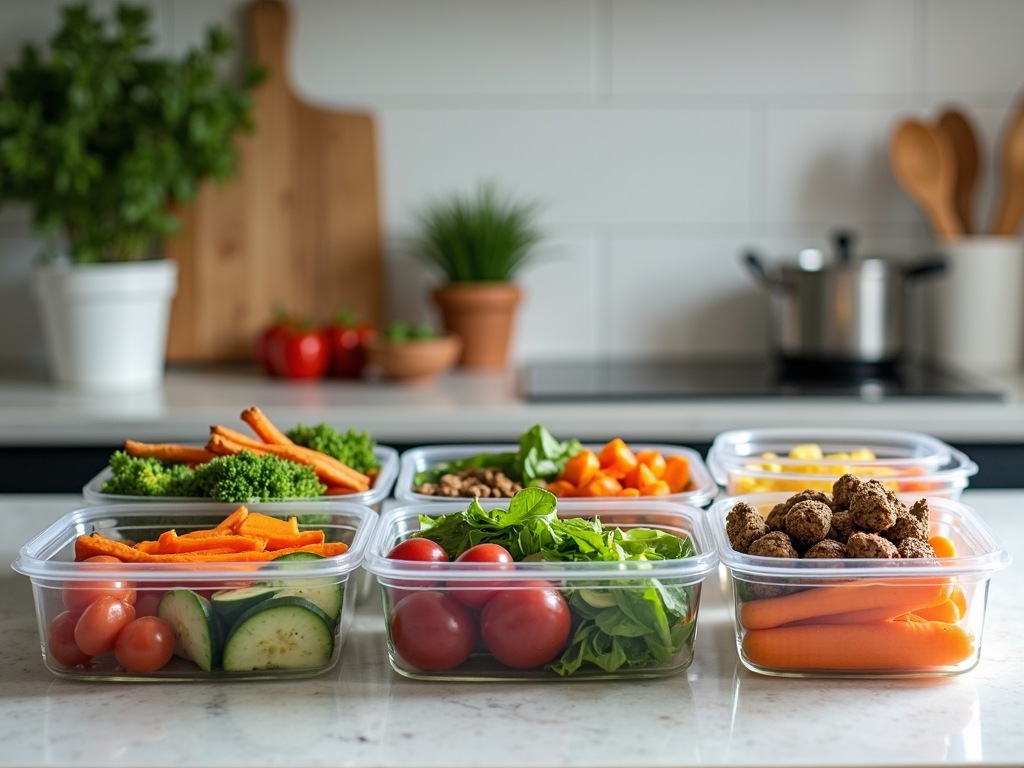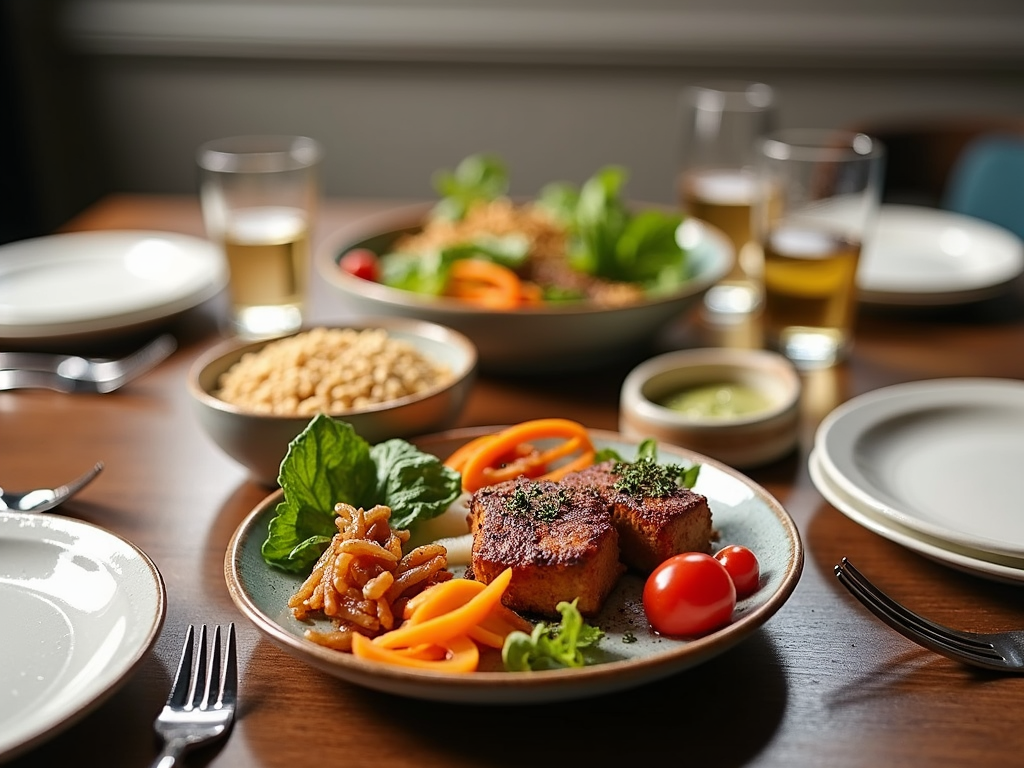Overview: Living with chronic fatigue can be challenging, but a well-planned meal plan can make a significant difference. This article explores how diet can help manage chronic fatigue, offering practical tips and personal insights to help you build an effective meal plan.
Understanding Chronic Fatigue and Its Impact: Chronic fatigue is more than just feeling tired; it's a persistent state of exhaustion that doesn't go away with rest. It can make everyday tasks feel like climbing a mountain. Imagine waking up after a full night's sleep and still feeling like you haven't slept in days. That's what chronic fatigue feels like. It can affect your ability to work, socialize, and enjoy life. For example, Sarah, a 35-year-old teacher, used to love her job, but chronic fatigue made it hard for her to get through the day without feeling drained.

The Role of Diet in Managing Chronic Fatigue: What you eat can have a big impact on your energy levels. A balanced diet provides the nutrients your body needs to function properly. For people with chronic fatigue, certain nutrients are especially important. For instance, B vitamins help convert food into energy, while magnesium supports muscle and nerve function. Including foods rich in these nutrients can help combat fatigue. On the other hand, foods high in sugar and refined carbs can cause energy crashes, making fatigue worse.

Building Your Meal Plan: Foods to Include and Avoid: When building a meal plan for chronic fatigue, focus on whole, nutrient-dense foods. Here's a table to guide you:
| Foods to Include | Foods to Avoid |
|---|---|
| Lean proteins (chicken, fish, tofu) | Sugary snacks and drinks |
| Whole grains (brown rice, quinoa) | Processed foods |
| Fruits and vegetables | Fried foods |
| Healthy fats (avocado, nuts, olive oil) | Alcohol |
| Foods rich in B vitamins (eggs, leafy greens) | Caffeine in excess |

Structuring Your Meals for Optimal Energy: Eating at regular intervals can help maintain steady energy levels. Aim for three main meals and two snacks each day. Each meal should include a balance of protein, healthy fats, and complex carbohydrates. For example, a breakfast of oatmeal with nuts and berries provides sustained energy. Lunch could be a salad with grilled chicken and avocado, and dinner might be baked salmon with quinoa and steamed vegetables.

Meal Prep and Planning Tips: Planning and preparing meals in advance can save time and ensure you have healthy options on hand. Here are some tips:
- Set aside time each week to plan your meals.
- Make a shopping list and stick to it.
- Prepare meals in batches and store them in containers.
- Use tools like slow cookers or instant pots for easy cooking.
- Keep healthy snacks like nuts or fruit readily available.

Personal Insights and Experiences: I remember when I first started experiencing chronic fatigue. It felt like I was constantly running on empty. But when I began paying attention to my diet, things started to change. I noticed that eating smaller, more frequent meals helped keep my energy levels stable. One day, I tried a new recipe for a quinoa and vegetable stir-fry, and I felt more energized than I had in weeks. It was a small victory, but it showed me the power of food in managing my condition.
Summary: Building a meal plan for chronic fatigue can be a game-changer. By focusing on nutrient-dense foods, balancing your meals, and planning ahead, you can help manage your symptoms and improve your quality of life. Remember, small changes can lead to big improvements. Start with one meal at a time and see how your body responds.
Discuss Here